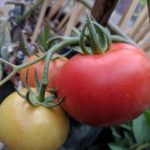When it comes to growing tomatoes in grow bags, the size of the grow bags depends on the variety of tomatoes you plan to grow. However, a general recommendation is to use grow bags that are at least 5 gallons (19 liters) in size for standard tomato varieties. This provides sufficient space for the root system to develop and supports healthy plant growth.
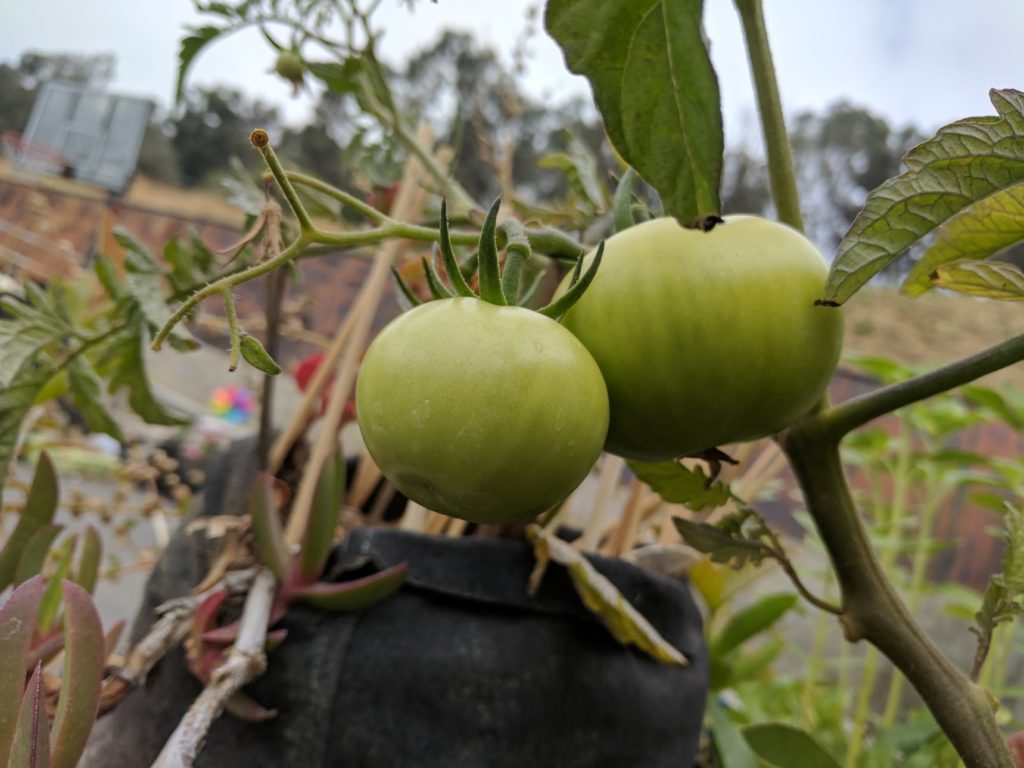
If you plan to grow larger tomato varieties or indeterminate (vining) types that require more space, you might consider using even larger grow bags. In such cases, 7 to 10-gallon (26 to 38-liter) grow bags can be more suitable. Providing ample space for the roots promotes better water retention and reduces the risk of the plants becoming root-bound.
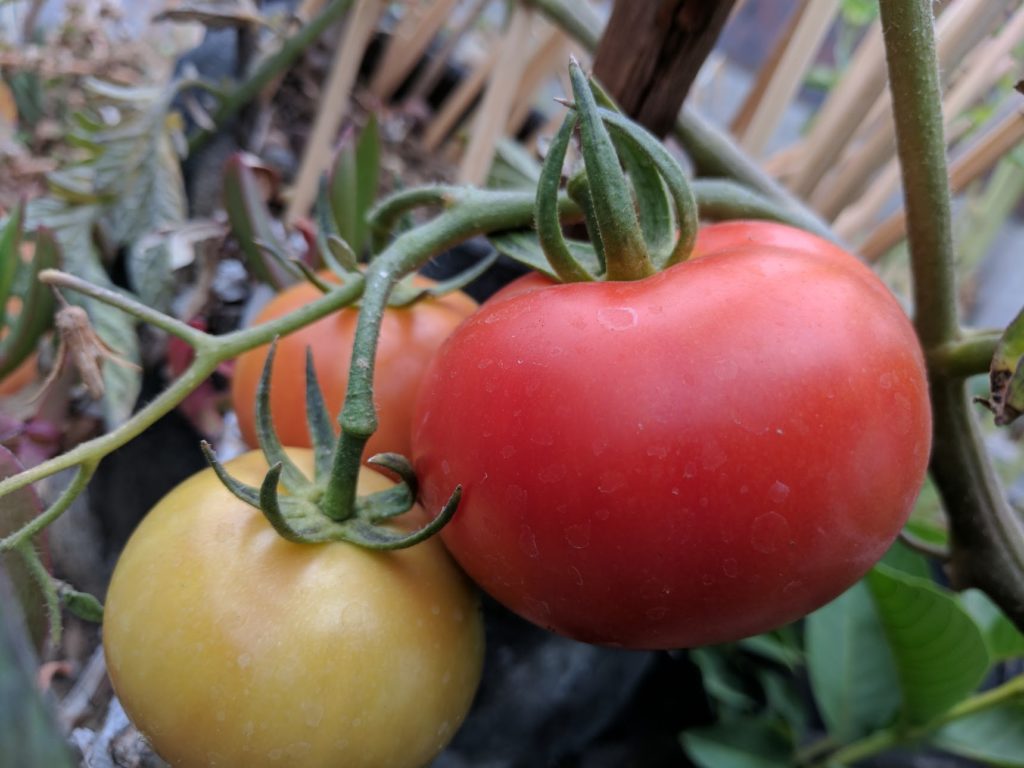
It's worth noting that tomatoes are generally vigorous plants and require a good amount of soil volume for optimal growth. The larger the grow bag, the better the plants can establish and thrive. Additionally, using a high-quality potting mix specifically formulated for vegetables is recommended to provide the necessary nutrients and drainage for healthy tomato plants.
Remember to ensure proper drainage in the grow bags by having drainage holes at the bottom. Proper watering and regular monitoring of soil moisture are also important for successful tomato cultivation in grow bags.
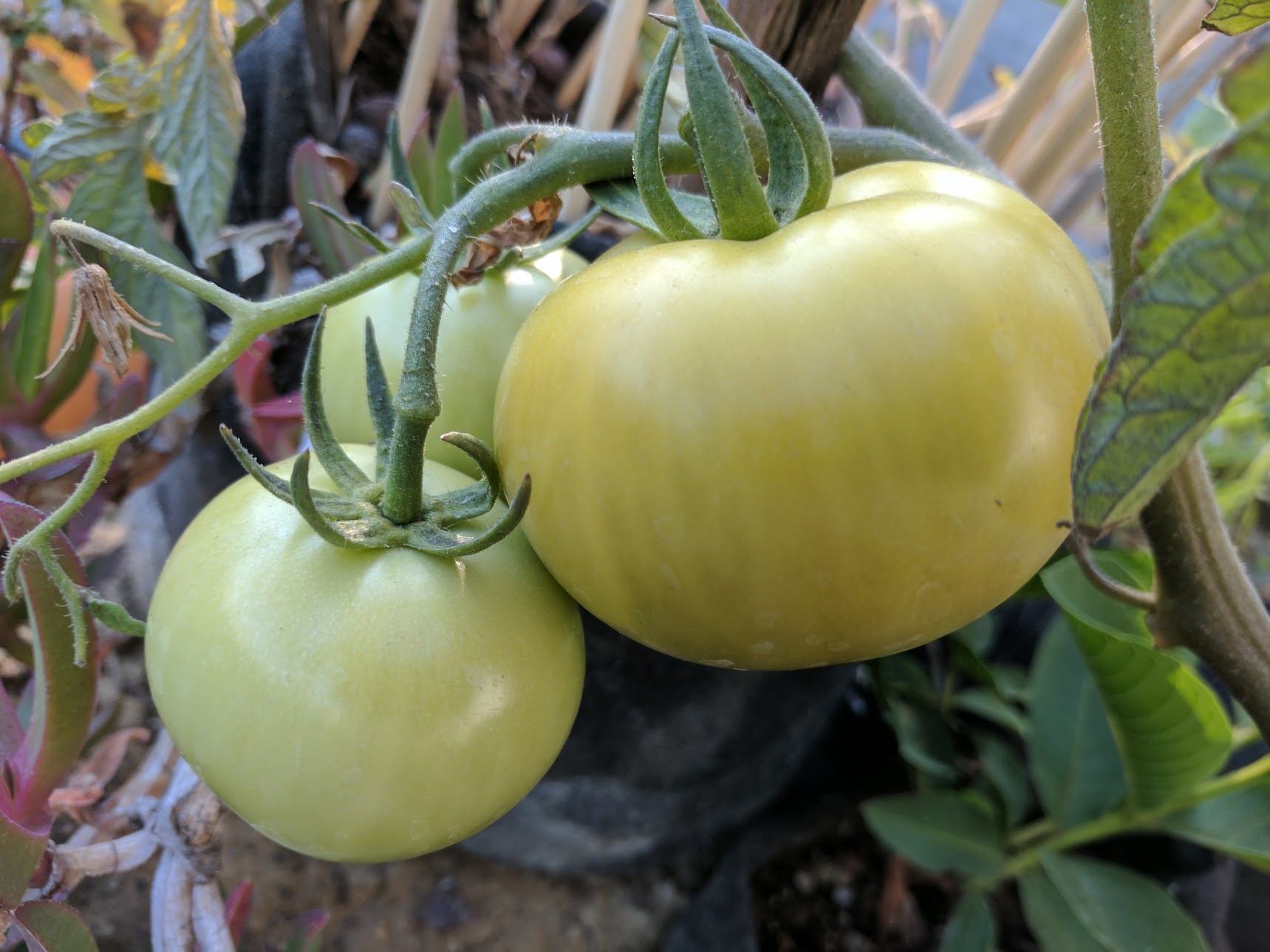
Different Techniques to Grow Tomatoes
When it comes to growing tomatoes, there are several techniques you can employ. Here are a few popular ones:
- Staking: This technique involves using stakes or trellises to support the tomato plants as they grow vertically. As the plants grow, gently tie the main stem to the stake or trellis using soft twine or plant ties. Staking keeps the plants upright, improves airflow, and makes it easier to manage pests and harvest.
- Caging: Tomato cages are cylindrical structures made of wire or metal that provide support to the plants. Place the cages around the young tomato plants, and they will grow through the cage's gaps as they grow taller. Caging helps support the plants and keeps them from sprawling on the ground, making it easier to manage and harvest the fruit.
- Pruning: Regular pruning can help manage the tomato plant's growth, improve airflow, and focus energy on fruit production. Remove the suckers (the small shoots that emerge from the leaf axils) by pinching them off with your fingers or using clean pruning shears. Additionally, you can trim some of the lower leaves to improve air circulation and reduce the risk of disease.
- Mulching: Applying a layer of organic mulch, such as straw or wood chips, around the base of the tomato plants helps retain moisture, suppress weeds, and regulate soil temperature. Mulching also helps prevent soil splashing onto the leaves, which can reduce the risk of diseases.
- Regular Watering: Tomatoes require consistent watering, especially during dry periods. Aim to keep the soil consistently moist, but not waterlogged. Water the plants at the base to avoid wetting the leaves, as wet foliage can promote diseases.
- Fertilizing: Tomatoes are heavy feeders and benefit from regular fertilization. Prior to planting, amend the soil with organic matter, such as compost or well-rotted manure. Additionally, you can use balanced organic or slow-release fertilizers throughout the growing season, following the product instructions.
- Sunlight and Soil Requirements: Tomatoes thrive in full sun, so choose a location that receives at least 6-8 hours of direct sunlight per day. The soil should be well-draining and rich in organic matter. If your soil is heavy or poor in quality, consider amending it with compost or using raised beds or containers with a high-quality potting mix.
Remember to choose tomato varieties suitable for your climate and follow any specific care instructions provided for the particular cultivars you are growing. With proper techniques and care, you can enjoy a bountiful tomato harvest.
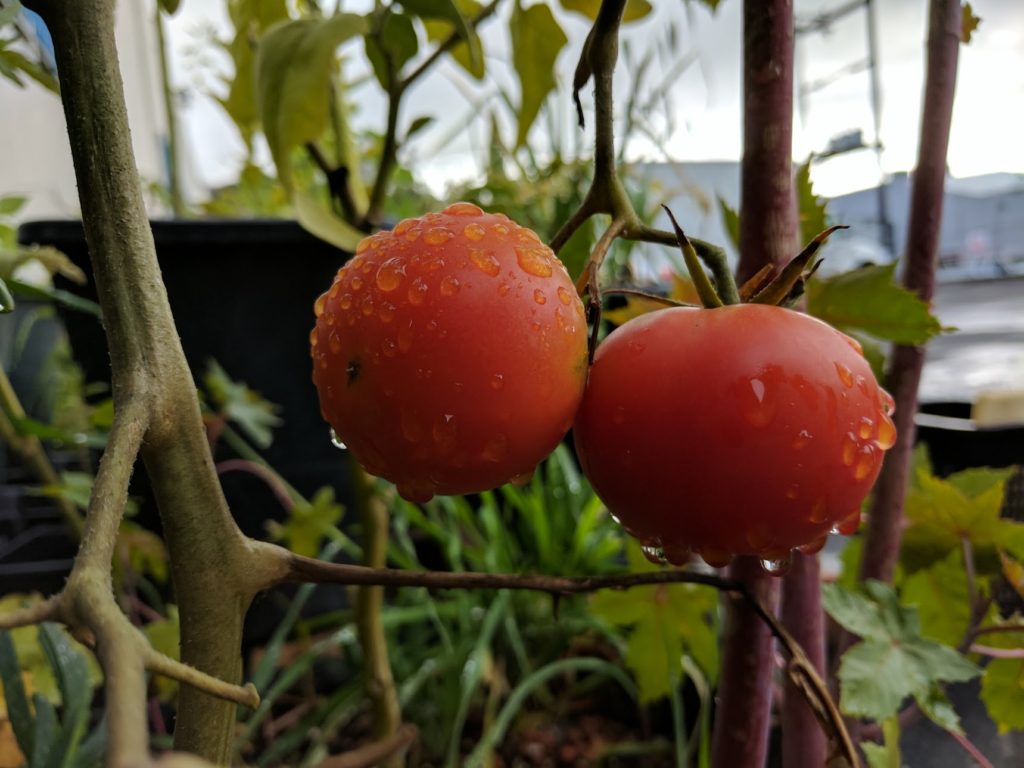
How to Grow Juicy Tomatos
To grow juicy tomatoes, you can follow these tips:
- Choose the right tomato varieties: Some tomato varieties are naturally juicier than others. Look for varieties that are known for their juiciness, such as 'Beefsteak,' 'Brandywine,' or 'Cherokee Purple.' These types tend to have a high water content, resulting in juicier tomatoes.
- Provide adequate sunlight: Tomatoes need plenty of sunlight to develop their flavors and ripen properly. Make sure your plants receive at least 6-8 hours of direct sunlight per day. Place them in a sunny location or use reflective materials to maximize sunlight exposure.
- Optimal soil preparation: Prepare the soil before planting by adding organic matter like compost or well-rotted manure. This improves soil structure, drainage, and nutrient availability. Well-draining soil allows the plants to take up water without becoming waterlogged, which can affect the flavor of the tomatoes.
- Proper watering: Consistent watering is crucial for juicy tomatoes. Keep the soil consistently moist but avoid overwatering, as it can lead to dilution of flavors. Water deeply, directly at the base of the plants, rather than overhead, to prevent wetting the leaves and reduce the risk of diseases.
- Mulching: Mulching with organic materials like straw or wood chips helps retain soil moisture, regulate temperature, and suppress weeds. Mulch also protects the fruit from direct contact with the soil, reducing the chance of spoilage and maintaining better flavor.
- Adequate spacing: Plant your tomato seedlings with enough space between them to allow for good airflow. Proper spacing helps prevent the spread of diseases and allows each plant to receive sufficient sunlight and nutrients, leading to better fruit quality.
- Pruning and training: Prune your tomato plants by removing the suckers, as mentioned earlier. This practice helps redirect energy to fruit production and improves air circulation around the plants, reducing the risk of disease. Additionally, consider using staking or caging techniques to support the plants, as mentioned earlier. Proper support keeps the fruit off the ground and reduces the chances of damage or rotting.
- Adequate nutrition: Tomatoes are heavy feeders and require regular fertilization. Apply a balanced organic or slow-release fertilizer according to the manufacturer's instructions. This ensures that the plants receive essential nutrients for vigorous growth and flavorful fruit.
- Harvest at the right time: Harvest your tomatoes when they are fully ripe. Different varieties may exhibit different signs of ripeness, such as a deep color, slight softness when gently squeezed, and a sweet aroma. Allowing the tomatoes to fully ripen on the vine before picking ensures the best flavor and juiciness.
By following these tips, you can enhance the chances of growing juicy, flavorful tomatoes in your garden.
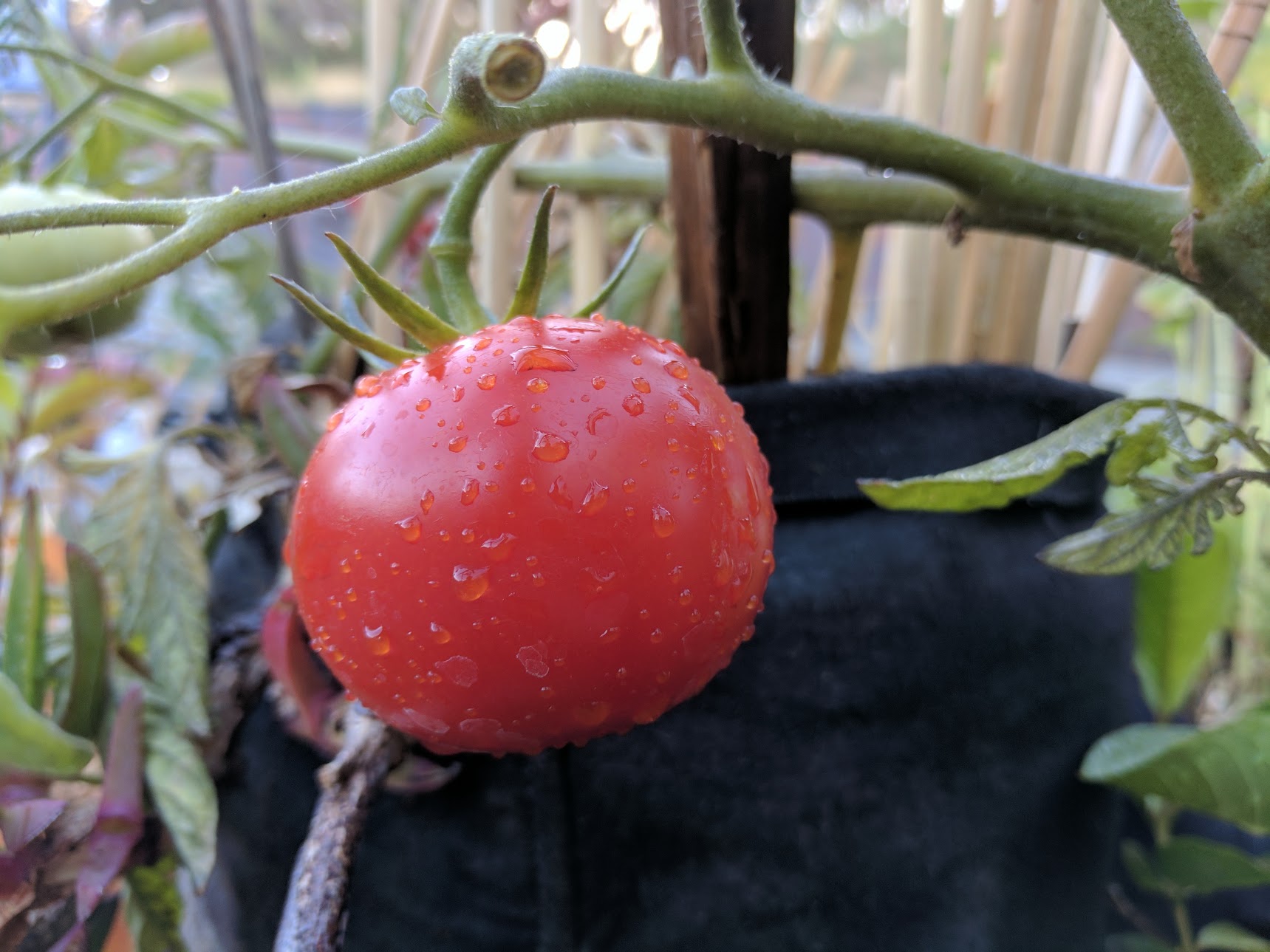
Most Popular Tomatoes to Grow in America
In America, there are several tomato varieties that are popular among home gardeners and commercial growers. Here are some of the most popular tomato varieties:
- Beefsteak: Beefsteak tomatoes are known for their large size and meaty texture. They are great for slicing and are commonly used in sandwiches and salads.
- Roma: Roma tomatoes are popular for their firm flesh and low moisture content, making them ideal for sauces, pastes, and canning.
- Cherry: Cherry tomatoes come in a variety of colors, such as red, yellow, and even black. They are small and sweet, perfect for snacking, salads, or adding a burst of flavor to dishes.
- Early Girl: Early Girl tomatoes are prized for their early maturity, making them a popular choice for gardeners who want to harvest tomatoes sooner in the season. They are medium-sized and have a balanced flavor.
- Celebrity: Celebrity tomatoes are known for their disease resistance and high yield. They produce medium-sized, flavorful fruits that are suitable for slicing or cooking.
- Better Boy: Better Boy tomatoes are a favorite among gardeners for their disease resistance, productivity, and great flavor. They produce large, juicy fruits that are perfect for sandwiches and slicing.
- Brandywine: Brandywine tomatoes are heirloom varieties appreciated for their exceptional flavor. They have large, beefsteak-style fruits with a rich, sweet taste.
- San Marzano: San Marzano tomatoes are renowned for their use in Italian cuisine, particularly for making sauces and pastes. They have a distinct oblong shape and are known for their rich flavor and meaty texture.
- Sun Gold: Sun Gold tomatoes are a popular hybrid cherry tomato variety known for their exceptionally sweet and tangy flavor. They have a vibrant orange color and are a hit among both children and adults.
- Mountain Fresh: Mountain Fresh tomatoes are known for their ability to thrive in hot and humid climates. They are disease-resistant, medium-sized tomatoes with excellent flavor.
These are just a few examples of the popular tomato varieties grown in America. The choice ultimately depends on personal preference, growing conditions, and intended use.
Average Harvest Time for Tomatoes
The average harvest time for tomatoes can vary depending on various factors such as the tomato variety, growing conditions, and climate. On average, it takes about 55 to 85 days from the time of transplanting seedlings or planting seeds to the point of harvest. However, this timeframe can vary significantly.
Here are some general guidelines for the harvest times of common tomato types:
- Early-Maturing Varieties: Some tomato varieties, often referred to as "early" or "early-maturing" varieties, are specifically bred to produce fruit more quickly. These tomatoes typically take around 55 to 70 days from transplanting to harvest.
- Mid-Season Varieties: Many popular tomato varieties fall into the mid-season category. They generally take about 70 to 80 days from transplanting to harvest.
- Late-Maturing Varieties: Certain tomato varieties, particularly larger or heirloom types, take a longer time to mature. These late-maturing tomatoes can take anywhere from 75 to 85 days or more from transplanting to harvest.
It's important to note that these timeframes are estimates and can be influenced by factors such as weather conditions, temperature, sunlight exposure, and the specific growing practices used. Additionally, some determinate tomato varieties tend to have a concentrated harvest period, while indeterminate varieties produce fruit continuously throughout the growing season.
To determine the optimal harvest time for your tomatoes, it's best to monitor the fruit's appearance and ripeness indicators. Look for mature fruit that has reached its desired size, color, and firmness. Different tomato varieties have unique visual cues, such as color changes from green to red, yellow, or other hues, as well as a slight softness when gently squeezed.
Regular observation and assessment of the tomatoes' development will help you determine the ideal harvest time for the specific varieties you are growing.
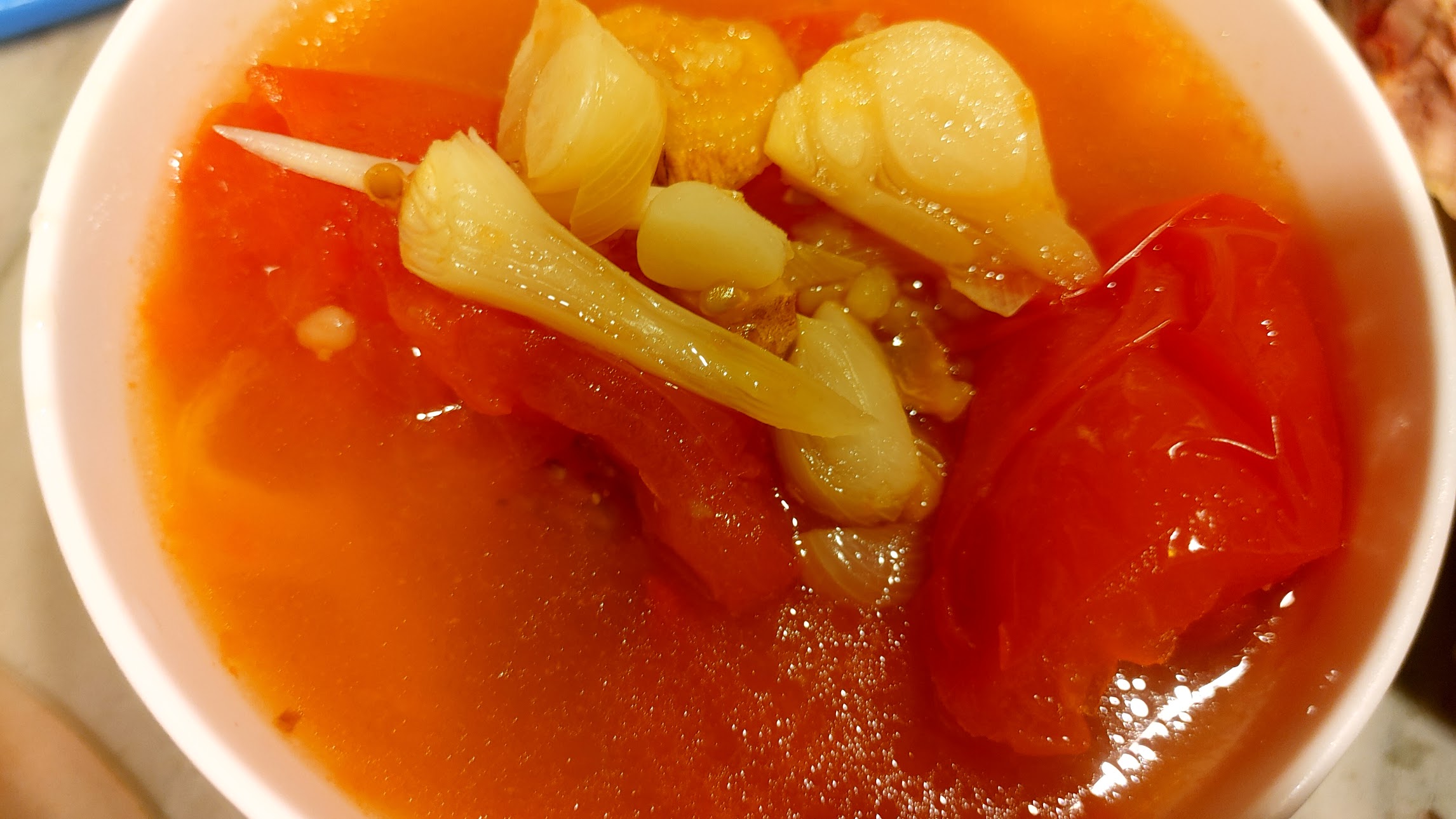
Popular Dishes with Tomatoes
Tomatoes are incredibly versatile and are used in a wide variety of dishes across different cuisines. Here are some popular dishes that prominently feature tomatoes:
- Caprese Salad: A classic Italian dish made with ripe tomatoes, fresh mozzarella cheese, basil leaves, and drizzled with olive oil and balsamic vinegar.
- Tomato Sauce: A staple in Italian cuisine, tomato sauce forms the base for pasta dishes like spaghetti, lasagna, and pizza. It typically includes tomatoes, garlic, onions, herbs, and spices.
- Gazpacho: A refreshing cold soup originating from Spain, gazpacho is made with blended fresh tomatoes, cucumbers, bell peppers, onions, garlic, olive oil, and vinegar. It's served chilled and is perfect for hot summer days.
- Tomato Bruschetta: An appetizer that consists of toasted bread slices topped with a mixture of diced tomatoes, garlic, basil, olive oil, and sometimes balsamic vinegar. It's a popular dish in Italian cuisine.
- Tomato and Mozzarella Caprese Skewers: Skewers with cherry tomatoes, mozzarella balls, and fresh basil leaves, often drizzled with balsamic glaze or a dressing. They make great party or appetizer options.
- Tomato and Basil Pasta: A simple and flavorful pasta dish with fresh tomatoes, garlic, basil, and olive oil. It can be prepared with various pasta shapes and often topped with grated cheese.
- Tomato Soup: A comforting and popular soup made from tomatoes, often blended with onions, garlic, and herbs. It can be served plain or with additions like cream or croutons.
- Salsa: A Mexican condiment made with diced tomatoes, onions, chili peppers, cilantro, lime juice, and spices. Salsa is served with tortilla chips, tacos, quesadillas, and other Mexican dishes.
- Greek Salad: A refreshing salad featuring tomatoes, cucumbers, red onions, olives, feta cheese, and a dressing made from olive oil, lemon juice, and herbs. It's a staple in Greek cuisine.
- Ratatouille: A French vegetable stew that typically includes tomatoes, zucchini, eggplant, bell peppers, onions, garlic, and herbs. It's a hearty and flavorful dish.
These are just a few examples of the many dishes where tomatoes are a key ingredient. Tomatoes' bright and tangy flavor, along with their versatility, make them an essential component in various cuisines around the world.
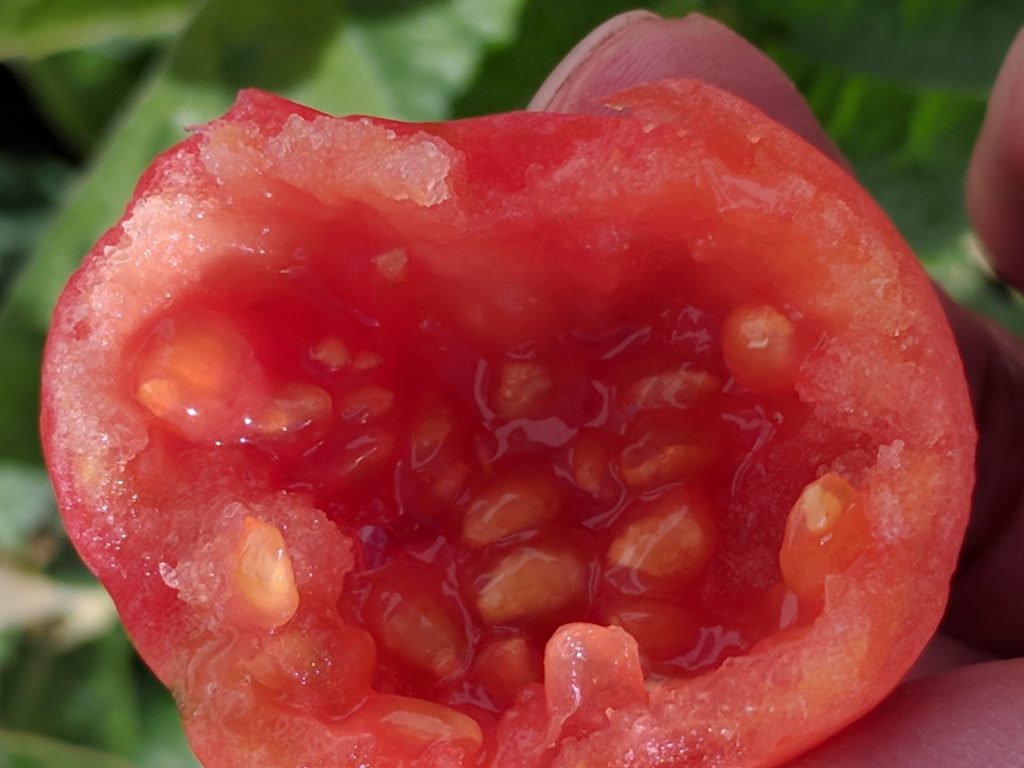
Health Benefits of Eating Tomatoes
Tomatoes are not only delicious but also offer several health benefits. Here are some of the key health benefits associated with consuming tomatoes:
- Nutrient-rich: Tomatoes are low in calories but rich in essential nutrients. They are a good source of vitamins A, C, and K, as well as potassium and folate.
- Antioxidant properties: Tomatoes contain antioxidants like lycopene, beta-carotene, and vitamin C, which help neutralize harmful free radicals in the body. Lycopene, in particular, has been associated with a reduced risk of certain cancers, including prostate, lung, and stomach cancers.
- Heart health: The antioxidants and phytochemicals in tomatoes contribute to heart health. The high levels of potassium in tomatoes help maintain healthy blood pressure levels, while the fiber content supports heart health by reducing cholesterol levels.
- Cancer prevention: The antioxidants, particularly lycopene, found in tomatoes have been linked to a reduced risk of various types of cancer, including prostate, lung, colorectal, and breast cancer. However, further research is still needed to establish a definitive relationship.
- Eye health: Tomatoes are a good source of vitamin A, which is essential for maintaining eye health. Vitamin A, along with other antioxidants present in tomatoes, helps protect the eyes against age-related macular degeneration and cataracts.
- Skin health: The high vitamin C content in tomatoes contributes to the production of collagen, which helps maintain the skin's elasticity and prevents aging signs. Additionally, the antioxidants in tomatoes help protect the skin from damage caused by free radicals.
- Digestive health: Tomatoes are rich in fiber, which aids in digestion and promotes regular bowel movements. Adequate fiber intake is essential for maintaining a healthy digestive system.
- Bone health: Tomatoes contain vitamin K, which plays a role in bone health and helps improve calcium absorption. A diet rich in vitamin K is beneficial for maintaining strong bones and reducing the risk of osteoporosis.
It's worth noting that the health benefits of tomatoes are best obtained through a varied and balanced diet, rather than relying solely on one food item. Consuming tomatoes as part of an overall healthy eating pattern can contribute to overall well-being and support a healthy lifestyle.
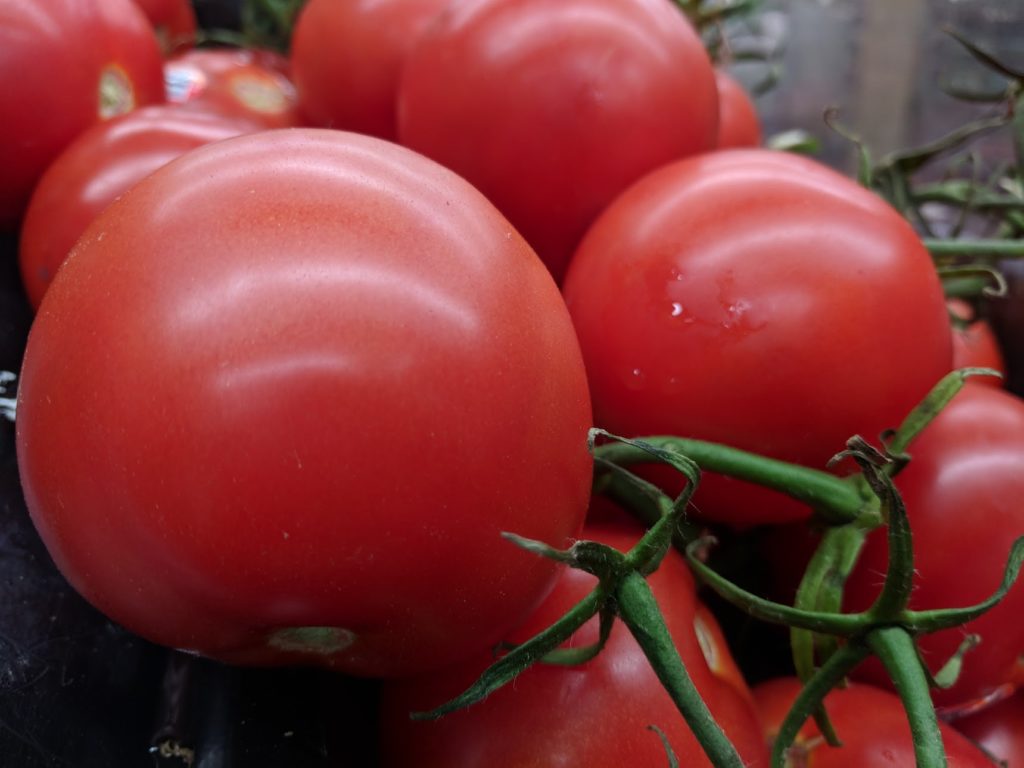
The Most Healthy Tomatoes in the World?
While all tomatoes offer health benefits, it's important to note that there isn't one specific tomato variety that can be considered the "most healthy" in the world. The nutritional content of tomatoes is generally similar across various varieties. However, the levels of certain nutrients, such as lycopene, may vary slightly.
That being said, here are a few tomato varieties that are often noted for their nutritional profiles:
- San Marzano Tomatoes: San Marzano tomatoes, which are known for their use in Italian cuisine and tomato sauces, are often prized for their flavor and texture. They are rich in vitamins A and C, as well as lycopene.
- Cherry Tomatoes: Cherry tomatoes, particularly the red varieties, are high in lycopene, beta-carotene, and vitamin C. Their small size makes them convenient for snacking, salads, and adding bursts of flavor to various dishes.
- Heirloom Tomatoes: Heirloom tomatoes come in various colors and shapes, and they are generally recognized for their unique flavors. While the nutritional content can vary among different heirloom varieties, they often contain good amounts of vitamins A and C, along with antioxidants.
- Roma Tomatoes: Roma tomatoes are known for their firm flesh and lower moisture content, making them popular for sauces and canning. They are a good source of vitamins A and C, as well as lycopene.
Remember, the health benefits of tomatoes come from their overall nutritional composition, including vitamins, minerals, fiber, and antioxidants. Including a variety of tomato types in your diet can provide a range of nutrients and flavors. It's also important to consider overall dietary patterns and include a diverse selection of fruits, vegetables, whole grains, lean proteins, and healthy fats for optimal health benefits.

